Published Dec 26, 2022
5 'The Next Generation' Episodes to Get Young Children into Star Trek
Here's a curated list with the young ensigns in your life!
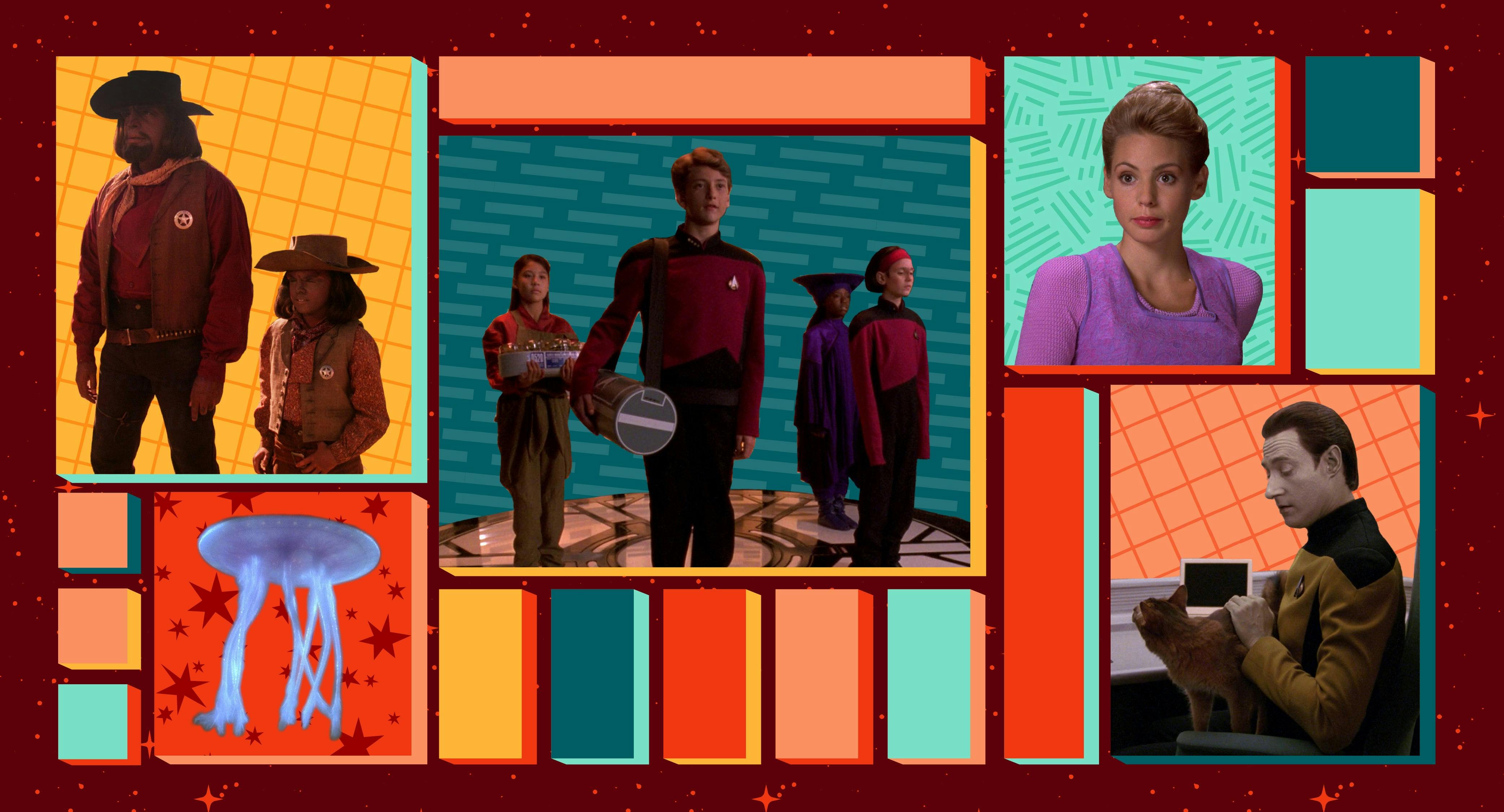
StarTrek.com
When my daughter was born, we made a conscious effort to bring her into geekdom from day one. As she grew, it was pretty easy to get her into things that were a little heavier on action and pace — but as huge Star Trek fans, we figured we would need Star Trek: Prodigy to give her an entry point into Federation space, as the main shows might be too cerebral. Plus, few children’s books exist that aren’t tongue-in-cheek.
But with Star Trek: The Next Generation always in the background in our home, a strange thing happened a few months ago — our kiddo started asking to see more. Which was exciting, but also terrifying; we always figured we’d show her TNG at nine or ten, not six. Six-year-olds don’t exactly have attention spans for complex science-fiction drama, yet she was clearly interested. As parents who put a lot of thought into introducing our favorite franchises to our daughter, we got to work.
The result was a short playlist of episodes that offered relatable themes for young children, exposition about the Star Trek universe or crew relationships, and characters that acted as audience surrogates. That meant avoiding episodes that were too talky, serious, or scary; instead, we found five episodes to gently take young children (ages five to seven) into the world of Star Trek, explaining the franchise’s basic tenants while introducing characters in ways that...engage (pun intended):
1. "Data's Day"
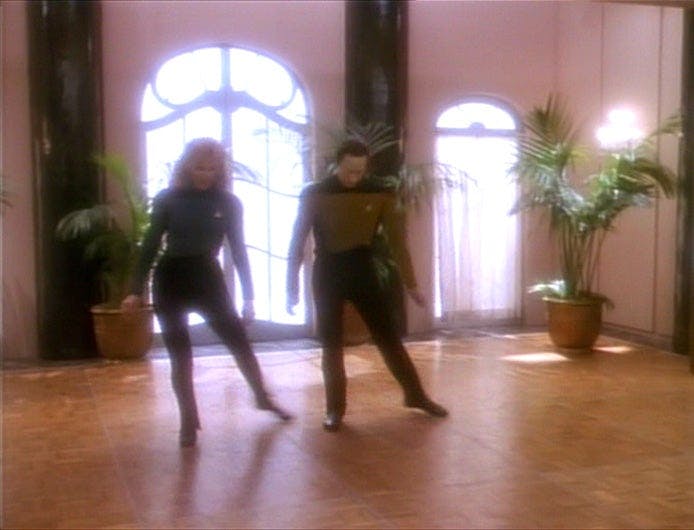
StarTrek.com
This episode, which closely follows Data while he logs his day for Bruce Maddox, has several elements that make it the perfect entry point into TNG for young children. First, it focuses closely on one character, allowing for information and world-building without being too overwhelming, which will hopefully limit the “Who’s that again?” questions. Second, Data works as a strong proxy for children given his lack of understanding for adult emotions or humor.
Third, it blends in comedic elements to keep the tone lighter, even with the Romulan-spy subplot. It also lets kids meet the Enterprise-D’s core cast with Data’s explanations of roles and relationships (e.g. “I consider Geordi to be my best friend”), allowing for a soft introduction to the world of TNG. Finally, Data has a cat. This sounds like a joke, but it’s not — his relationship with Spot immediately allows children to relate to an android on a starship.
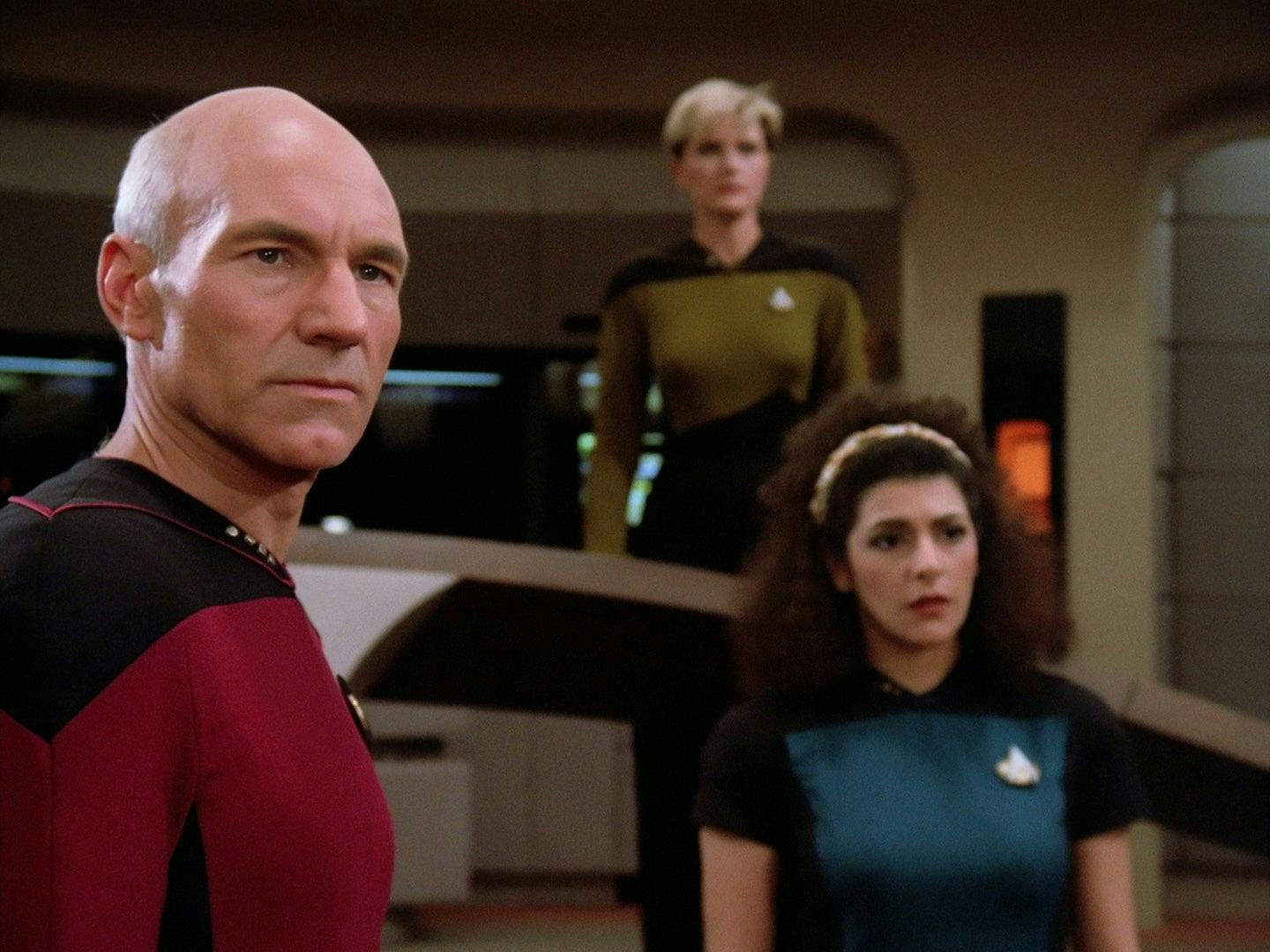
StarTrek.com
TNG’s two-part pilot starts the series off with some growing pains, as the characters aren’t quite there yet. But for a young child who’s already met them, jumping back to the beginning allows for a proper introduction to everyone while also offering unique visual elements to broaden their sci-fi shorthand. From the Q net around the ship to the saucer separation to the final reveal and resolution of the aliens above Farpoint station, the episode is filled with big beats that easily build dramatic tension.
“Encounter at Farpoint” also delivers big emotions with large gestures. While there are certainly more subtle episodes in the TNG catalog, the pilot’s broad strokes create easy engagement with children who are new to this universe, all while clearly establishing universe rules and character roles. Wesley Crusher’s wide-eyed perspective also works as an audience surrogate for younger viewers, and Data gets to show off his android-ness, which plays well off of “Data’s Day.”
3. "Rascals"
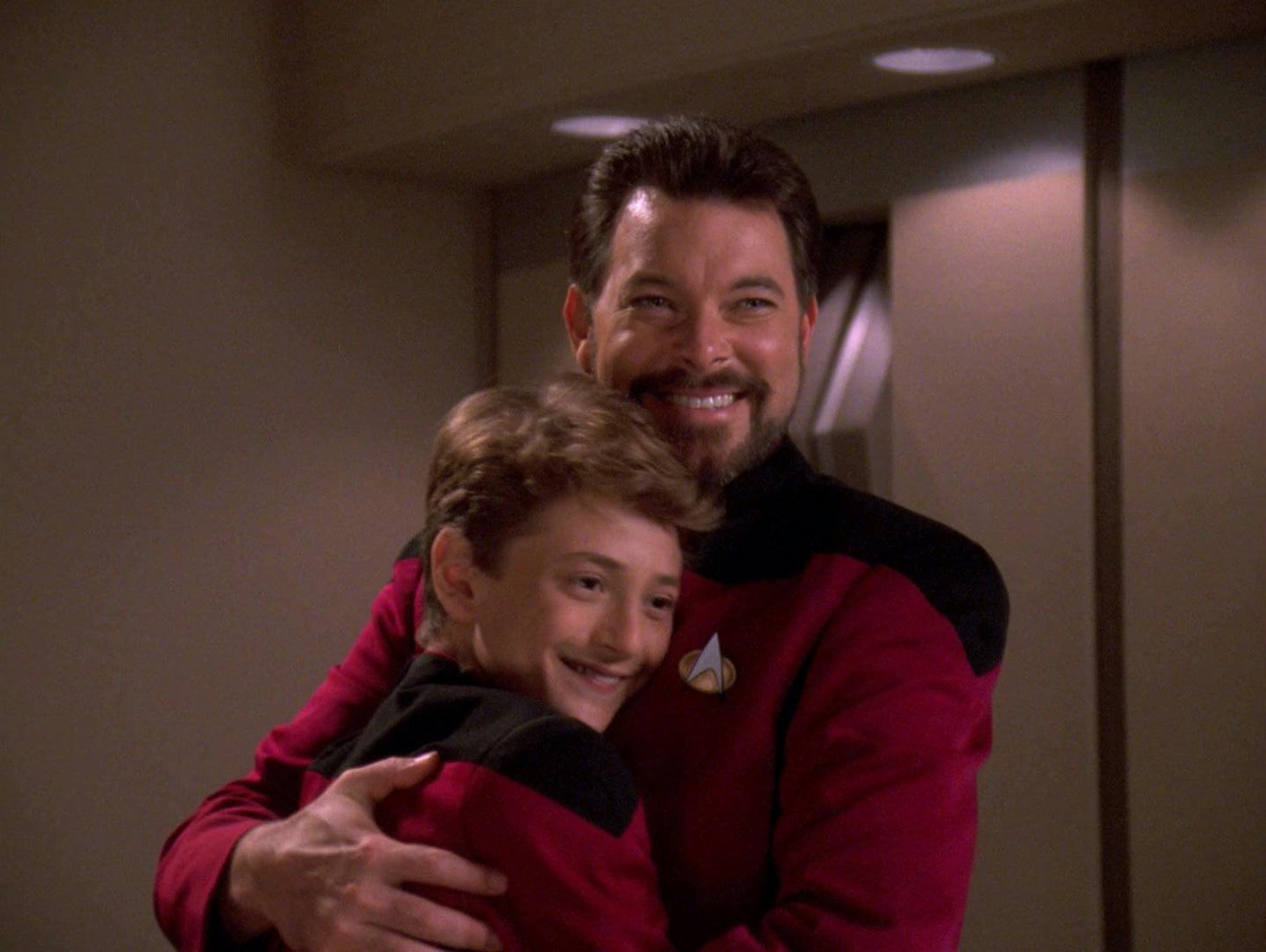
StarTrek.com
As with Wesley Crusher, child actors always make for excellent surrogates when introducing stories to younger children. “Rascals” plays into this, with Picard, Guinan, Ro, and Keiko, all getting transformed into children through a transporter malfunction. This allows for self-insertion in a number of ways, from wish-fulfillment leadership moments to children discussing big topics like feeling loss and finding a sense of belonging.
The juxtaposition of tween Picard ordering adults around makes for broad comedy moments, including the fan-favorite moment of Riker being called “Number-One dad.” And while the Ferengi eventually get much more depth of character in Deep Space Nine, this episode presents them purely as comic villains, which simplifies things while also pushing the boundaries of the universe for new Trek viewers. And for parents, this episode opens the door to many discussions with children — after all, what child isn’t anxious to grow up already?
4. "True Q"
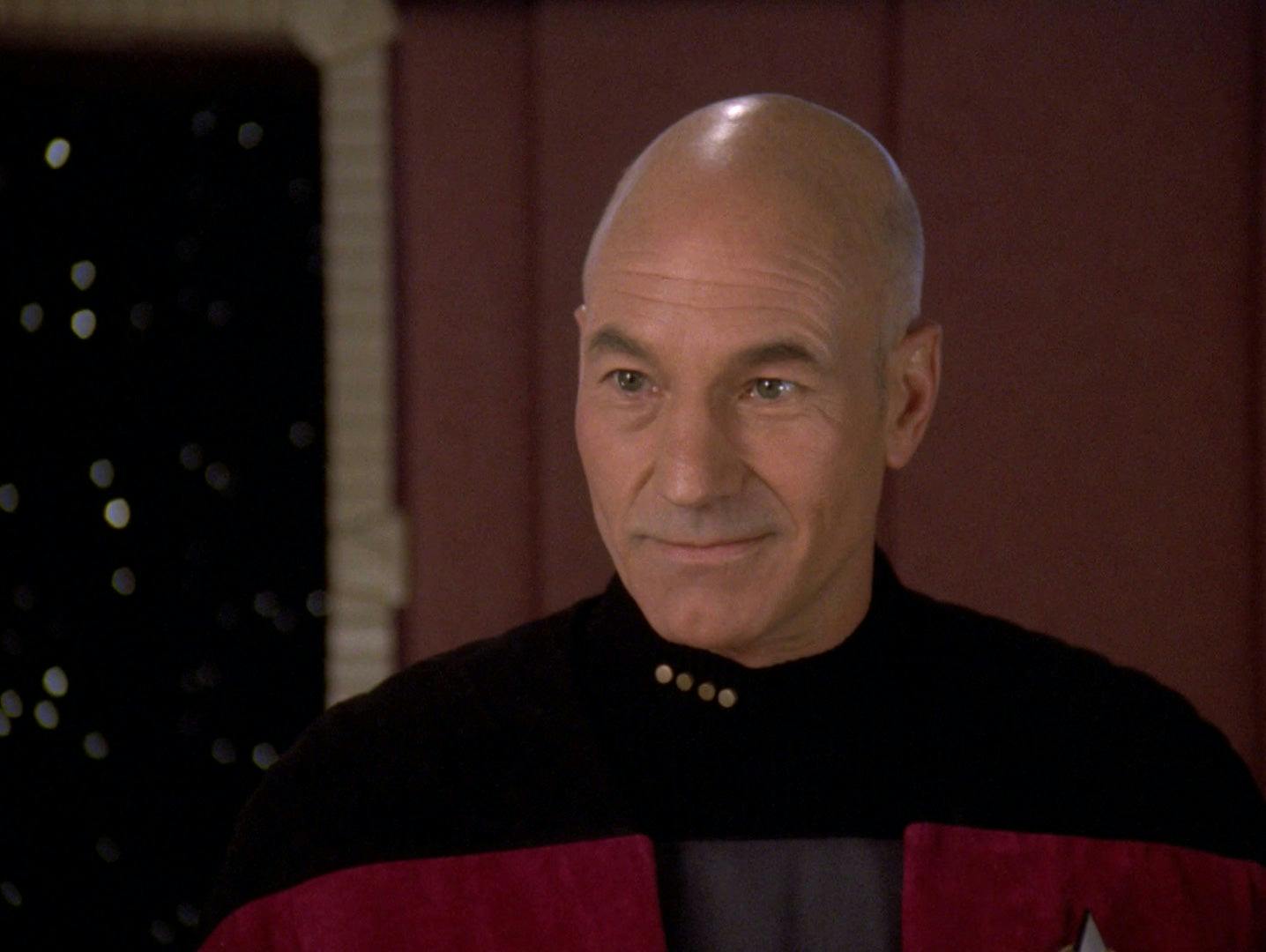
StarTrek.com
While the previous episodes have had plots driven by the crew, this episode lets the crew react to a new character (Olivia d’Abo as Amanda Rogers) as she starts manifesting Q powers. Once again, the use of a younger character creates a relatable audience surrogate for kids, especially as she starts developing abilities that she doesn’t understand. By having the crew talk her through her choices and options, it presents a familiar family dynamic for a relatable and entertaining story.
The flipside to those coming-of-age emotions is simple wish fulfillment — a child with unlimited magic powers. “True Q” offers a balanced view of the topic by discussing the pros and cons, placing a traditional fairy tale narrative in the hard sci-fi world of Star Trek. Issues of identity and family are also discussed, and putting the episode shortly after “Encounter at Farpoint” on this list means that children will get another chance to see Q.
5. "A Fistful of Datas"
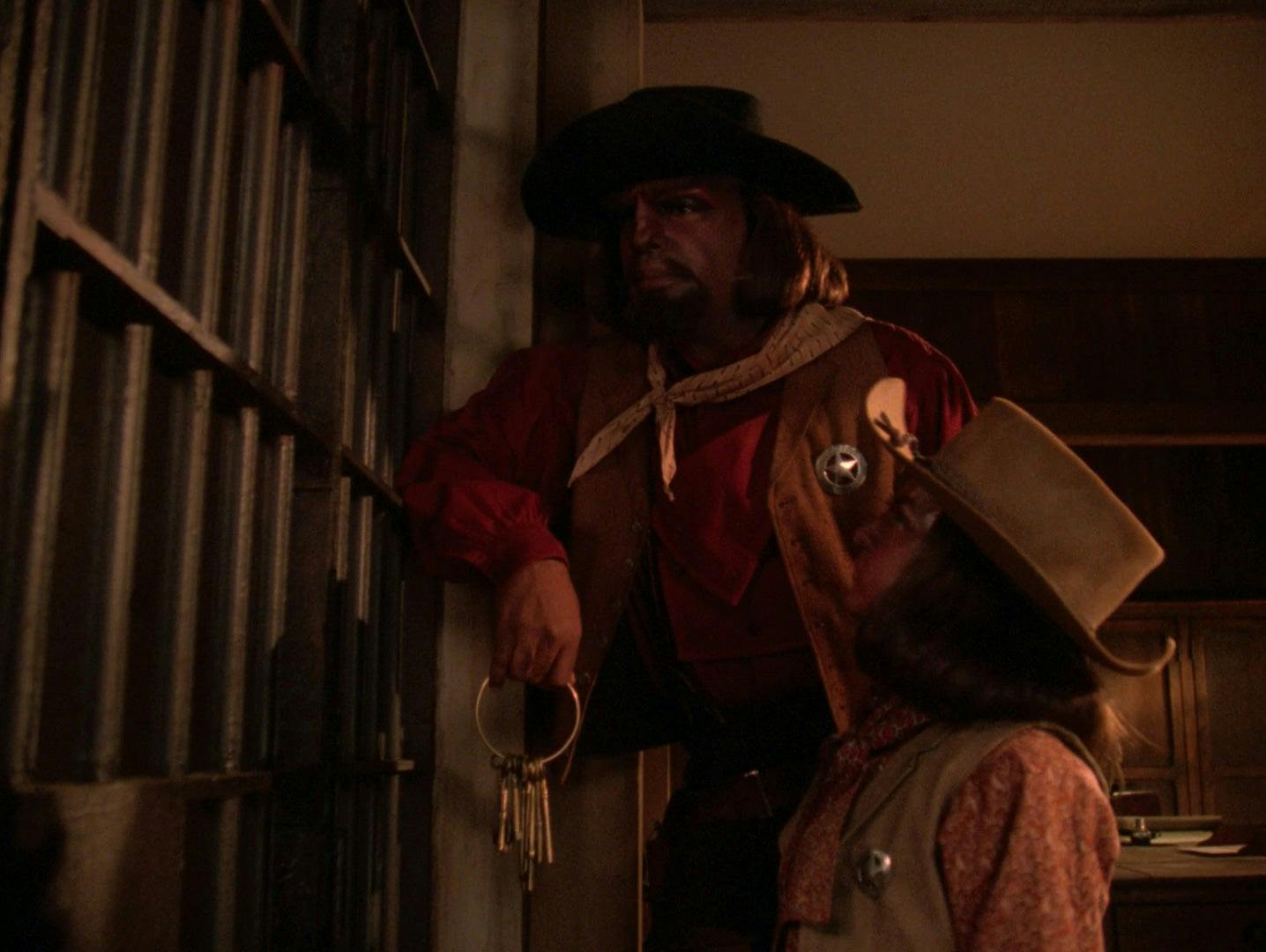
StarTrek.com
Holodeck episodes tend to play around with “fish out of water” tropes, and “A Fistful of Datas” follows that same line, but with a few unique elements that specifically make it appealing for kids. First, the dynamic between Worf and Alexander is introduced, and the idea of a young Klingon trying to get his parent away from work for an afternoon creates an instantly relatable scenario. And by having Data propagate through the Holodeck program, kids get variations of a character they’ve already spent considerable time with.
The Wild West scenario also showcases a standard child fantasy, but with a sci-fi twist. That leads to action sequences that underscore the parent/child bond while playing off a blend of traditional western and sci-fi tropes. Finally, children get a chance to know Worf a little better, showing that even the gruffest of (Klingon) exteriors can have a soft side.
Bonus Episode: "Take Me Out To The Holosuite"
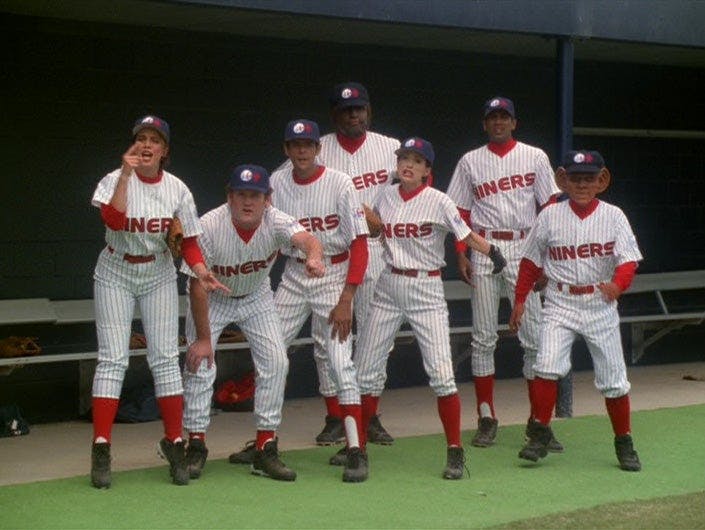
StarTrek.com
One of the joys of introducing a child to Star Trek is that there’s a whole universe for them to explore. And while Star Trek: Deep Space Nine is probably too heavy for young children, its baseball episode is a great way to show that there’s much more beyond TNG. And even though it’s got a different cast, Worf’s presence allows for continuity to ease things in. The episode’s Bad News Bears-esque themes create familiar underdog things with fun comedic beats, as well as Jake and Nog for relatable younger characters. It also flips the script on what’s expected of Vulcans and Ferengi, which makes for good discussion points later.
This article was originally published on June 15, 2021.
Mike Chen (he/him) is the author of the critically acclaimed novels WE COULD BE HEROES, A BEGINNING AT THE END, and HERE AND NOW AND THEN. When he’s not writing, he’s showing his favorite sci-fi to his young daughter. Follow him on Twitter @mikechenwriter.
Stay tuned to StarTrek.com for more details! And be sure to follow @StarTrek on Facebook, Twitter, and Instagram.

